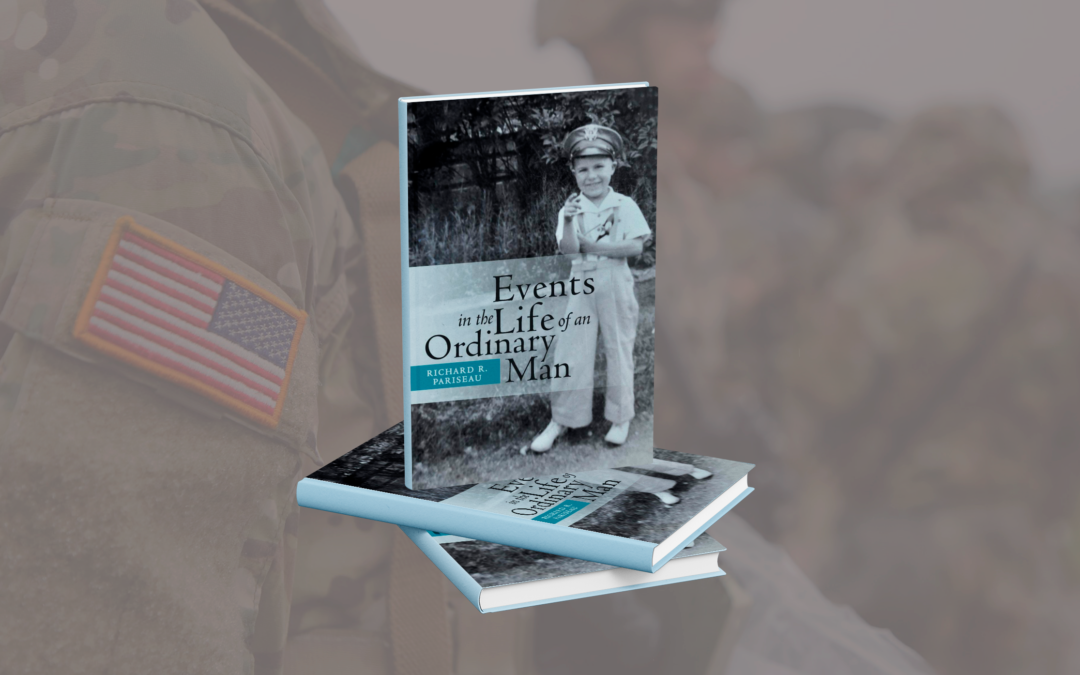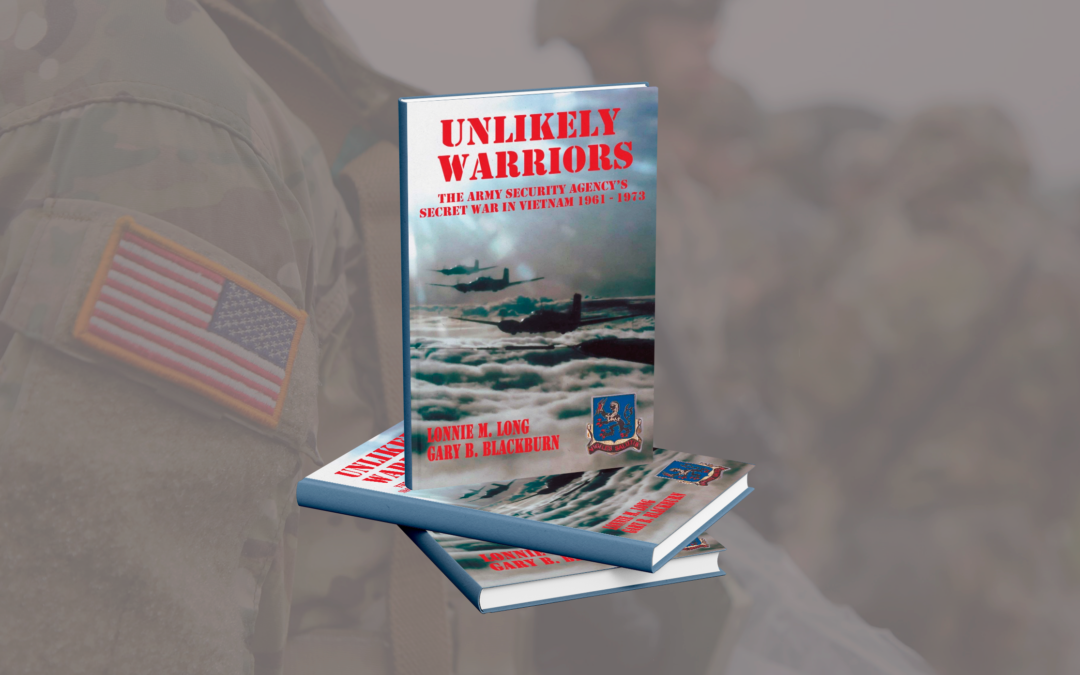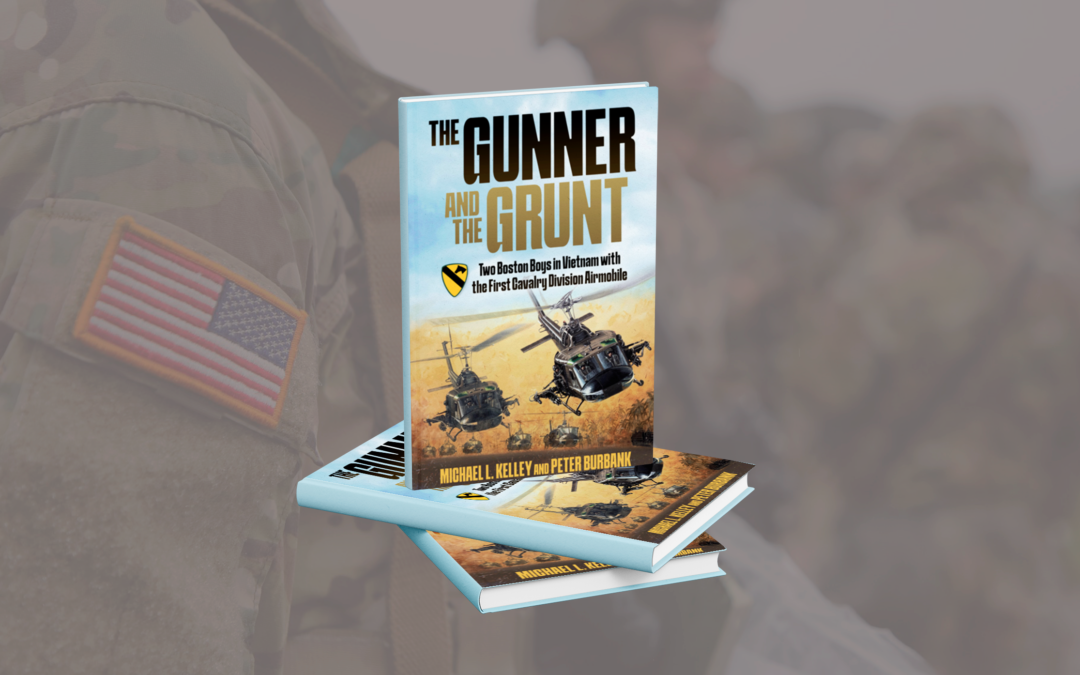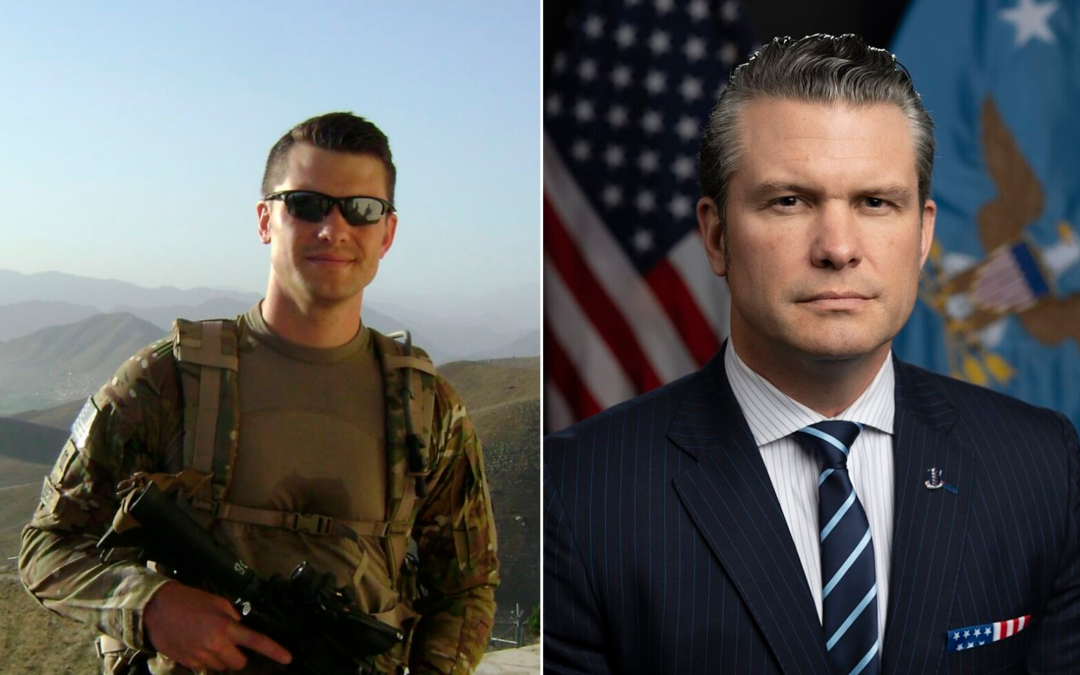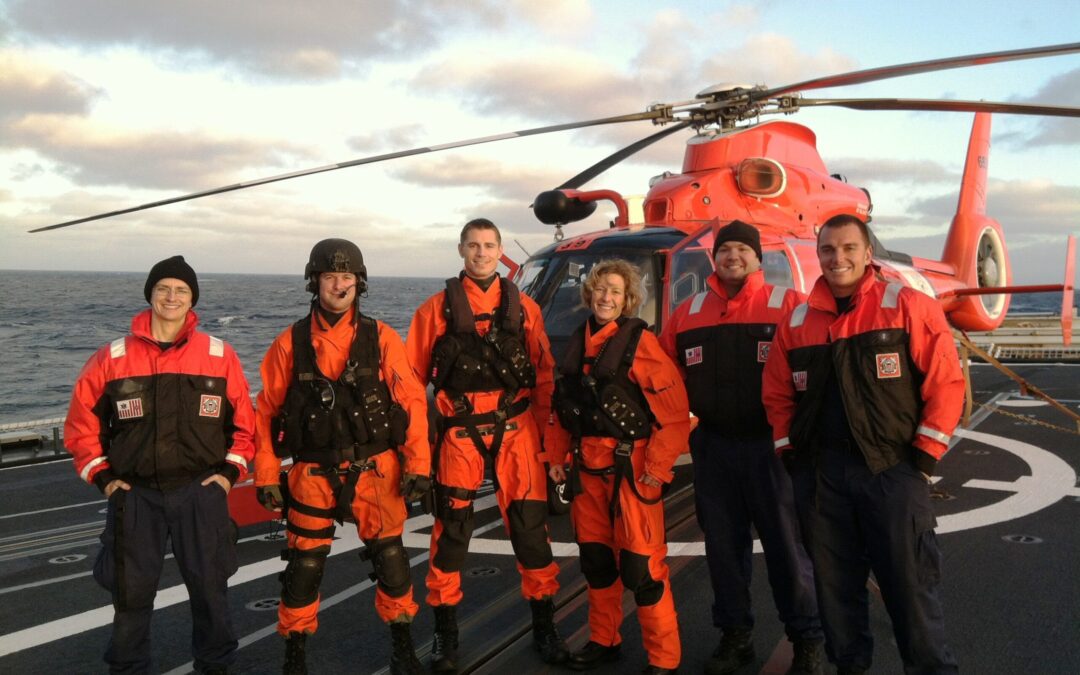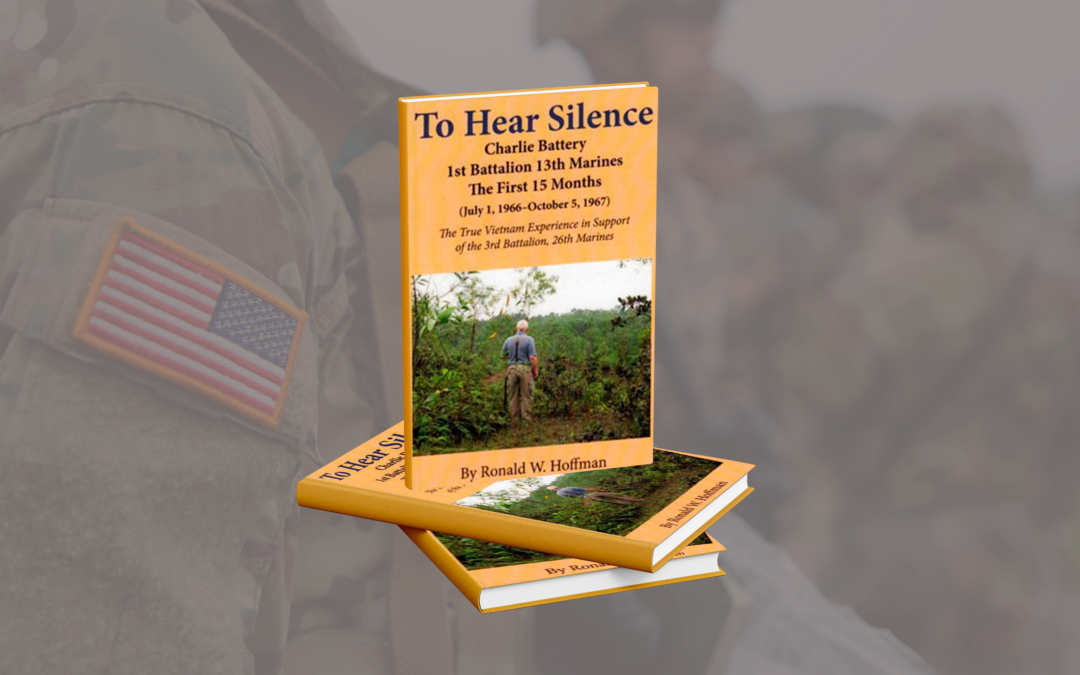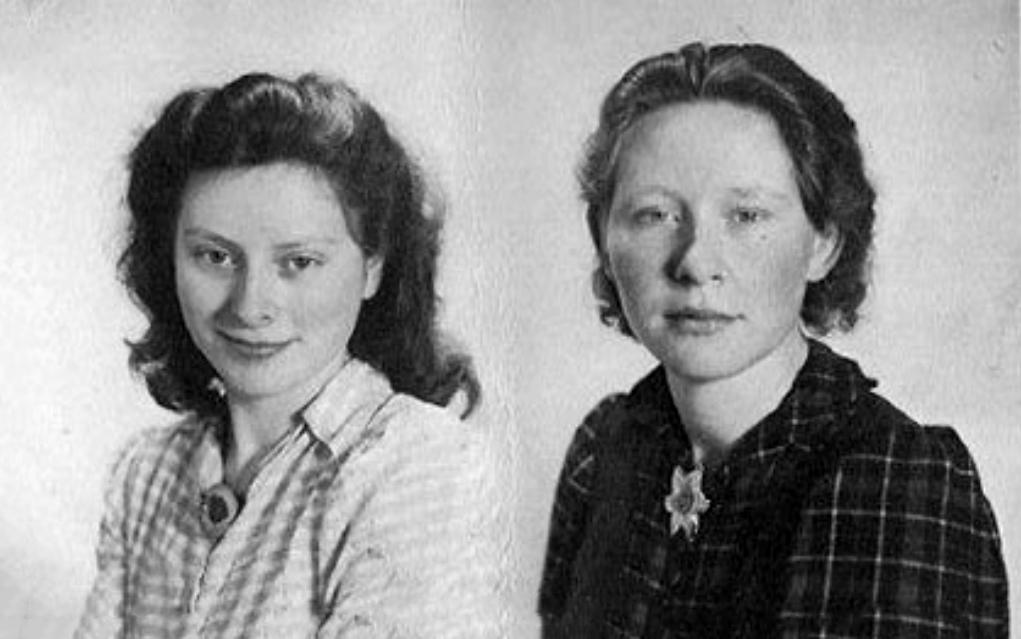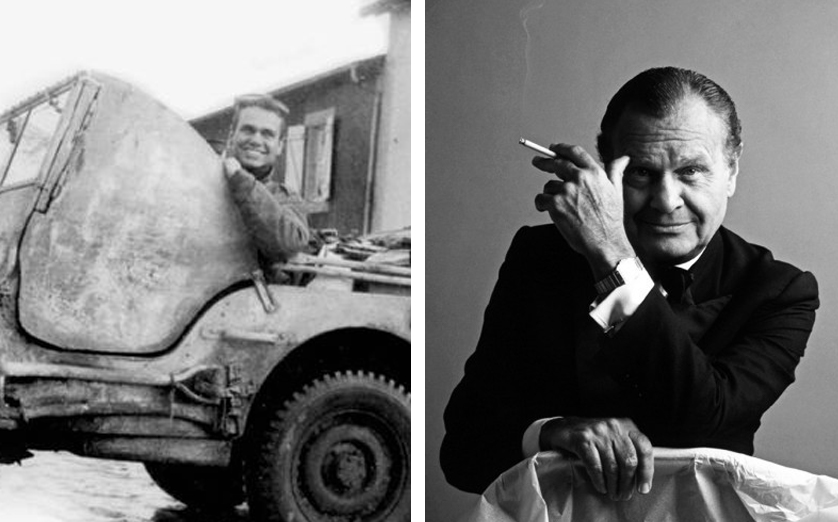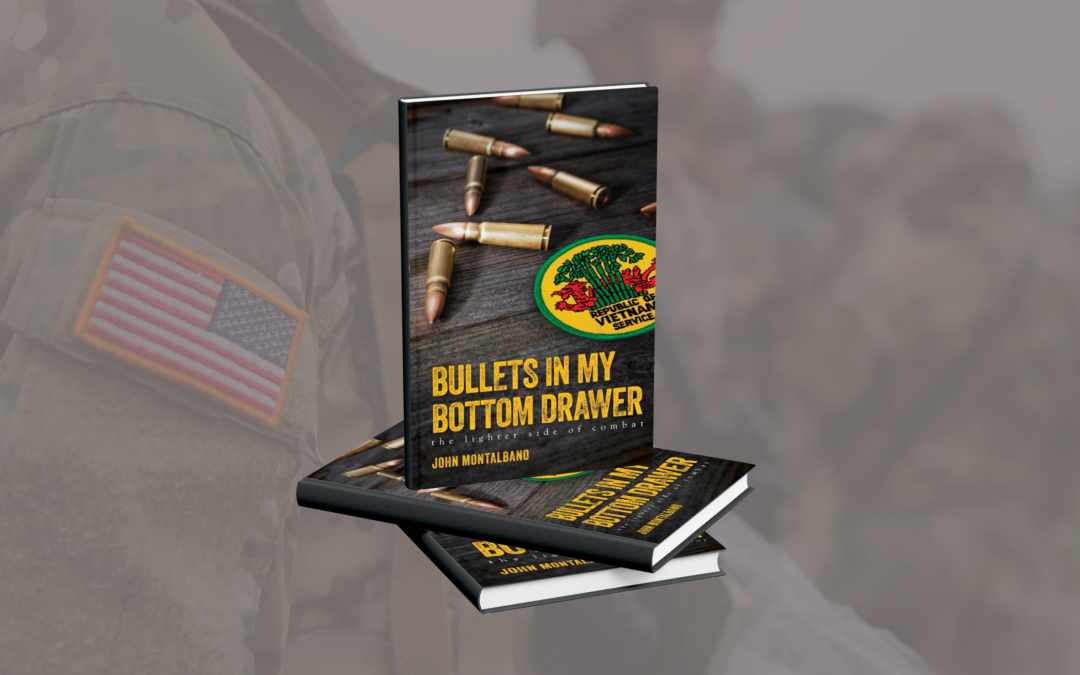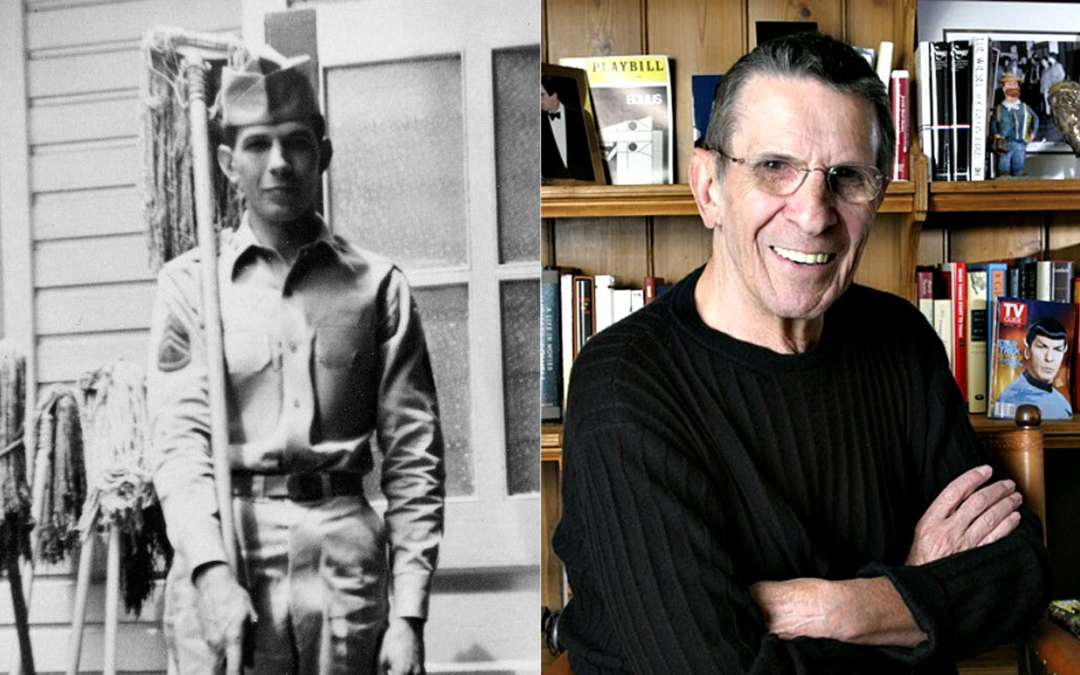Desi Arnaz who served in the US Army between 1942 and 1945 is perhaps most famous for his starring role as Ricky Ricardo opposite his real-life spouse Lucille Ball in the foundational modern TV sitcom I Love Lucy. Desi was already on his way to becoming a star when he was drafted into the US Army, but his time as a soldier gave him plenty of opportunities to hone his skills not only as a performer, but as a producer. Desi Arnaz Fled Cuba and Found His Path to Stardom Born Desiderio Alberto Arnaz y de Acha III in 1917, Desi was a child of privilege, his father the mayor of Santiago, his grandfather an exec at Bacardi. However, his family’s fortunes changed with the Cuban Revolution of 1933. Narrowly avoiding a sticky end, the Arnaz family fled to Miami with their lives, if not their seized property. Desi went to high school and then prep school to improve his English, and formed a band, the Siboney Septet. The band was successful in Miami and gained the attention of Xavier Cugat, who...

